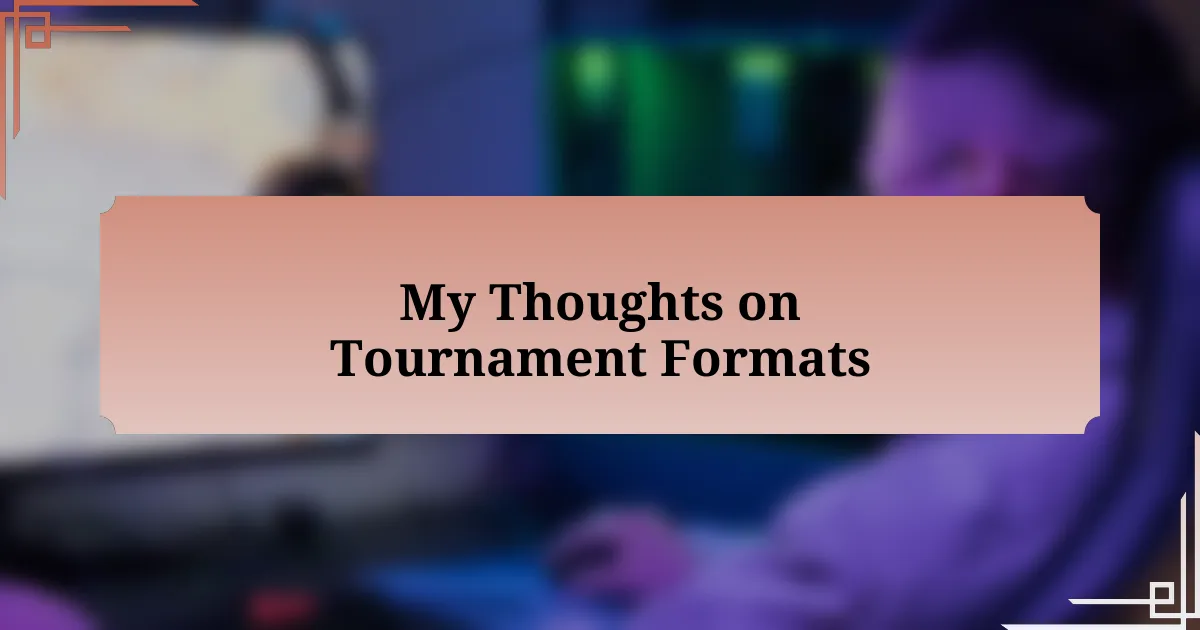Key takeaways:
- Understanding different eSports tournament formats is crucial for players and fans, with options including double-elimination, single-elimination, round-robin, Swiss, league, and playoff formats.
- Each format has unique advantages, such as the excitement of comebacks in double-elimination and the consistent performance demands of round-robin tournaments.
- Personal experiences highlight the emotional impact of knockout formats and the camaraderie fostered in Swiss formats, emphasizing the growth and learning opportunities they provide.
- Future trends indicate a shift towards more engaging formats, including interactive fan participation and hybrid structures that combine online and offline play.
Author: Evelyn Hartley
Bio: Evelyn Hartley is an award-winning author known for her compelling narratives and richly drawn characters. With a background in psychology and literature, she weaves intricate tales that explore the complexities of human relationships and the intricacies of the human psyche. Her debut novel, “Whispers in the Dark,” was celebrated by critics and readers alike, earning her a dedicated following. Evelyn’s work has been featured in various literary journals and anthologies, and she frequently speaks at writing conferences and workshops. When she’s not writing, she enjoys hiking in the mountains and volunteering at her local animal shelter. She resides in Seattle with her two rescue dogs, Luna and Milo.
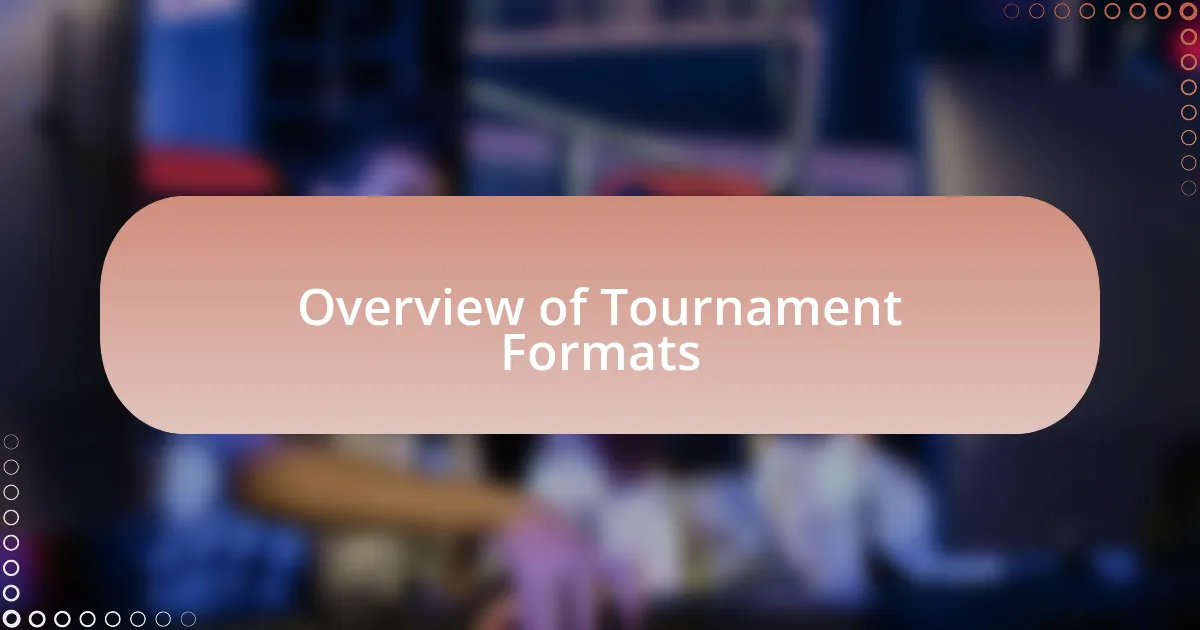
Understanding tournament formats
Tournament formats in eSports can vary widely, and understanding them is crucial for both players and fans. For instance, does anyone else feel the thrill of a double-elimination format? It gives teams a second chance, and I’ve seen some incredible comebacks that left everyone on the edge of their seats.
Then there are single-elimination tournaments, where one loss means you’re out. I remember watching a high-stakes match that ended in a nail-biting final round, and the tension in the crowd was palpable. It’s moments like these that make you appreciate the excitement and unpredictability that these formats can create.
The round-robin format, I find, offers a unique perspective on competition as every team plays against each other. This can sometimes feel more fair, but it also raises the question: does every match hold the same weight for the players? Personal experience tells me that the pressure can still be intense, as teams must consistently perform well to secure a top spot.

Types of tournament formats
When it comes to tournament formats, the Swiss system stands out for its ability to engage teams across multiple rounds without the harshness of elimination. I recall participating in a Swiss event where, despite an early loss, I found motivation in subsequent matches to rise through the ranks. It emphasizes skill development and adaptability in a way that feels refreshing, fueled by the camaraderie built between teammates.
Another intriguing format is the league format, which often runs over several weeks. This allows for a more extensive showcase of talent, and I’ve seen players evolve dramatically as the weeks go by. Who doesn’t love witnessing that growth? Each match feels like a chapter in a story, unfolding with layers of strategy and teamwork that keep fans coming back for more.
Lastly, there’s the playoff format, where the top teams from a preceding stage battle it out for victory. I still vividly remember the electric atmosphere in a playoff match I attended; every cheer, every groan echoed in my chest. How do players maintain their focus under such immense pressure? The playoff format tests not only skill but also mental fortitude, and that combination is what I believe makes for the most riveting matches in eSports.
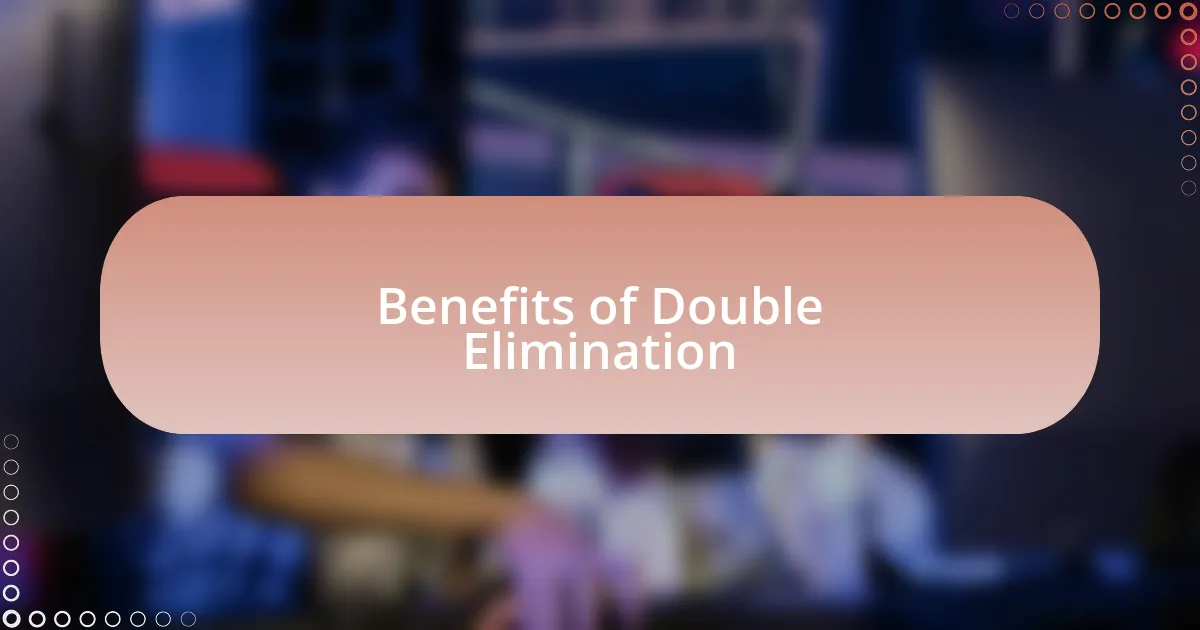
Advantages of different formats
Different tournament formats bring unique advantages that cater to various aspects of competition. Take the double-elimination format, for instance. I remember a thrilling event where a team I rooted for lost early but fought their way back through the losers bracket. This format not only allows a second chance but also increases the excitement by keeping fans on the edge of their seats, wondering if the underdog will rise again.
The round-robin format, where every team faces each other, offers a robust way to assess skill levels. I’ve experienced the tension of watching my favorite team repeatedly clash against formidable foes over a season. You can really see which teams maintain consistency — it’s a true test of endurance. Doesn’t it feel rewarding to see hard work consistently pay off?
Another format worth mentioning is the best-of-three or best-of-five setup, which some argue gives a clearer picture of team strengths. I can’t help but recall a nail-biting series where each game showcased different strategies and adaptations. These formats demand focus and resilience, elevating the level of play while allowing fans to delve deeper into the tactical side of the game. When every match can swing the momentum, doesn’t it add to the thrill of watching?
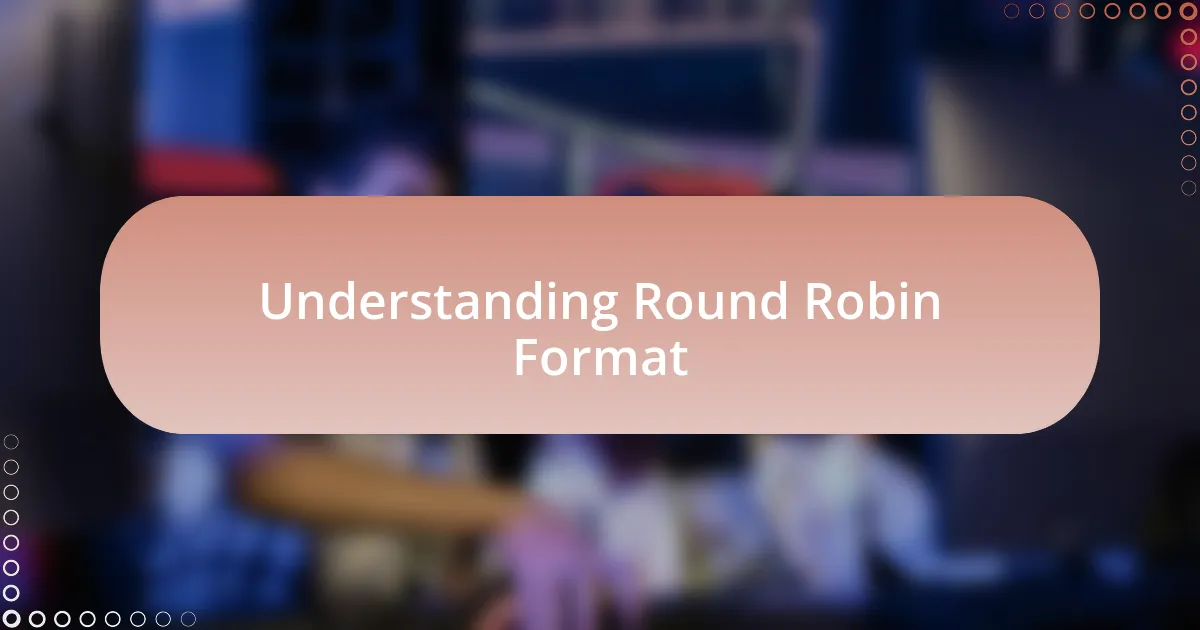
My personal experiences with formats
When it comes to knockout formats, I’ll never forget the adrenaline rush from a single-elimination tournament I attended. My favorite team, seemingly invincible, faced an unexpected upset in their first match. Watching their sudden exit was gut-wrenching. It made me realize the intense pressure that players endure and how a single game can determine everything. Have you ever felt that despair when your team loses just once? It might be harsh, but it truly heightens the stakes for everyone involved.
On the flip side, I’ve participated in community tournaments using Swiss formats, and they turned out to be some of my best gaming experiences. Everyone plays a set number of rounds against others with similar records, which promotes fair competition. The camaraderie among players was palpable, and it felt satisfying to find my footing while competing against a varied pool of talent. It fosters growth and learning, right? I often replay those matches in my mind, thinking of how much I improved just by stepping up against different styles.
I’ve also tried my hand at league play, and the ebb and flow of that format is exhilarating. Each week brings new matchups, and there’s a thrill in strategizing based on previous performances. I remember a particularly fierce season where our team climbed ranks, deeply motivated by our fans’ support. The emotional rollercoaster of each win and loss taught me the importance of adaptability. Isn’t it incredible how a single season can forge lasting memories and friendships?
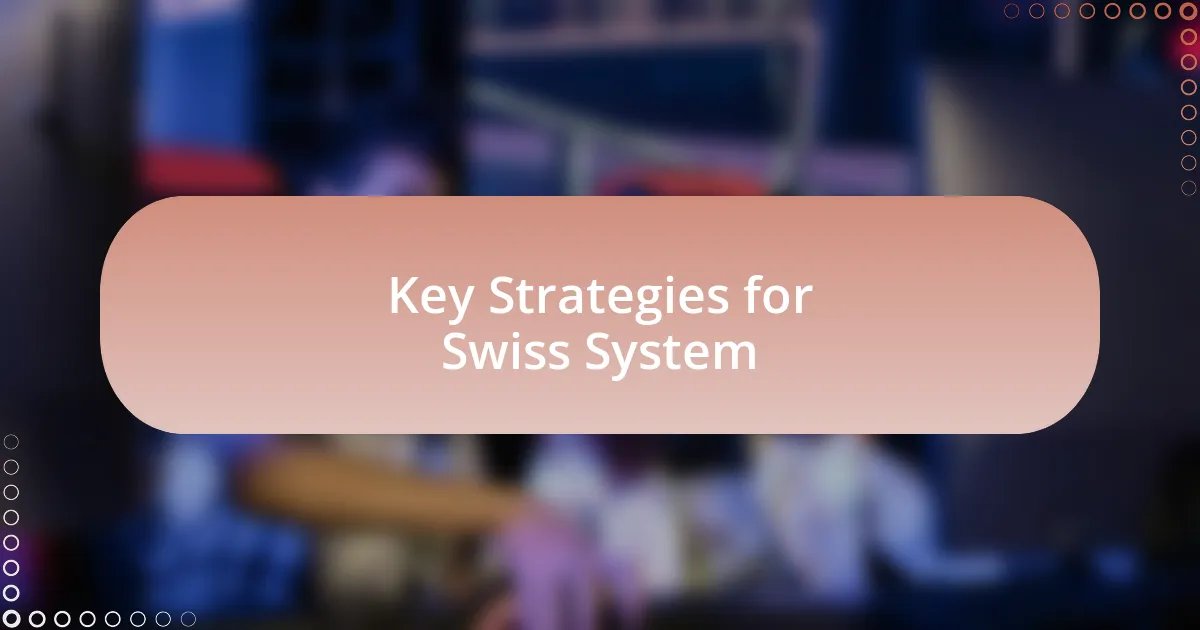
Evaluating the best formats
Evaluating tournament formats involves assessing how each structure impacts player experience and overall competition. Take, for example, round-robin formats; I remember being part of one where every match felt significant. The excitement built over weeks, as every game could change the standings, leaving me at the edge of my seat—did it not for you, too? Feeling the pressure of each matchup taught me resilience, and each victory felt hard-earned.
Another format that stands out is the double-elimination tournament. I recall a tense event where my team lost a match early but fought our way back through the lower bracket. The thrill of redemption fueled our drive, creating a unique atmosphere where every match felt like a chance for a comeback. Wouldn’t you agree that having that second chance adds a different flavor to the competition?
Ultimately, the choice of format can shape the narrative of an entire tournament. I’ve seen knockout tournaments grow stale due to predictable outcomes, while formats that encourage re-matches tend to keep fans and players engaged. Isn’t it fascinating how the structure can impact not only the competition but also the emotional investment of everyone involved? Each format has its strengths and challenges, but finding the right balance is crucial for creating memorable experiences.

Future trends in tournament formats
As I look into the future of tournament formats, I can’t help but notice the shift towards more engaging, interactive experiences, like online spectator voting. Imagine being part of an event where fans can influence match rules or draft decisions in real-time. This kind of engagement not only brings the audience closer to the action but also adds layers of strategy for players, transforming the competitive landscape.
Another trend gaining traction is the integration of hybrid formats that combine elements of both online and offline play. I’ve participated in tournaments where teams could compete remotely while still connecting through local events. This flexibility not only enhances player participation but also creates a bridge between different communities, fostering a sense of unity, don’t you think?
Furthermore, the rise of shorter, more dynamic tournaments, akin to eSports leagues with regular matches, is intriguing. I remember feeling fatigued after lengthy tournaments, but these shorter formats keep the competition fresh and the audience hungry for more. It’s exciting to envision a future where tournaments adapt to player and fan feedback in real-time, creating a vibrant and evolving competitive scene. How cool would it be if every event felt like a brand new experience driven by player needs?

